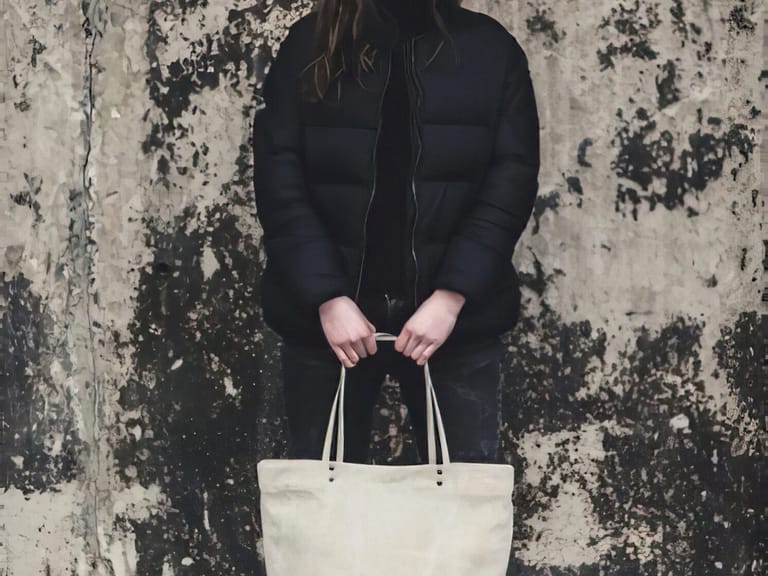
Libeco Linen Shoulder Sac Bag
Price: $367.00
View ProductAs the demand for eco-friendly products grows, the leather industry is evolving with innovative sustainable practices. This article explores the latest advancements in leather sourcing, production, and alternatives that prioritize environmental responsibility while maintaining quality and style.
The leather industry, long associated with luxury and timelessness, faces a pivotal moment as modern consumers demand transparency and sustainability. With rising awareness of environmental issues, brands must adapt, or risk obsolescence. The traditional view of leather as a status symbol is being supplanted by a desire for ethical practices and eco-friendly alternatives. This shift is not merely a trend but rather a necessary evolution that reflects a broader societal commitment to sustainability.
One of the most promising advancements in sustainable leather practices is the emergence of plant-based tanning methods. Unlike conventional tanning, which often involves toxic chemicals, plant-based alternatives utilize natural materials such as tree bark, roots, and leaves. These methods not only reduce environmental impact but also enhance the uniqueness of each leather piece. The result is a product that tells a story, reflecting the earth's natural bounty.
Technological innovations have also made significant strides in the leather industry. For instance, some companies are now using AI and machine learning to optimize the production process, minimizing waste and energy consumption. By harnessing data analytics, brands can refine their supply chains, ensure ethical sourcing, and monitor environmental footprints more effectively.
As consumer preferences shift, the demand for alternatives to traditional leather is on the rise. Brands are exploring a variety of materials such as mushroom leather, lab-grown leather, and even pineapple leaves (known as Piñatex). These alternatives not only provide ethical options but also challenge the conventional notions of luxury and quality in the leather market.
Mushroom leather, or mycelium leather, represents a groundbreaking development in the quest for sustainable fashion. This material, derived from the root system of mushrooms, is biodegradable and offers a unique aesthetic that appeals to environmentally conscious consumers. Companies like MycoWorks are leading the charge, creating products that are both beautiful and sustainable.
As the industry adapts to meet consumer expectations, transparency in the supply chain has become paramount. Brands must not only provide high-quality products but also demonstrate their commitment to ethical sourcing and production practices. This transparency builds trust and loyalty among consumers, who are increasingly scrutinizing where and how products are made.
Several brands have emerged as leaders in this space, showcasing their dedication to sustainability and ethical practices. For example, Ecco, a Danish shoe manufacturer, has implemented a traceable leather supply chain, ensuring that their materials come from responsible sources. Their commitment to reducing waste is evident in their production processes, which prioritize sustainability at every step.
Throughout history, several individuals have played pivotal roles in the evolution of leather and its sustainable practices. Acknowledging their contributions not only highlights the progress made but also inspires future innovations.
William Morris, a British designer and social activist, was instrumental in promoting handcrafted goods in response to the Industrial Revolution's mass production. His emphasis on quality craftsmanship and natural materials laid the groundwork for the modern sustainable movement in the leather industry. Morris believed in the beauty of handmade products, advocating for a return to artisanal methods that prioritize both aesthetic and ethical considerations.
Stella McCartney, a contemporary fashion designer, has consistently championed sustainable practices within the fashion industry. Known for her commitment to avoiding animal products, McCartney's work has helped to popularize alternatives to traditional leather. Her brand focuses on innovative materials and ethical production, demonstrating that style and sustainability can coexist without compromise.
As a co-founder of the sustainable fashion initiative, Dazed & Confused, Dr. Sian Sutherland has been at the forefront of promoting eco-friendly practices and raising awareness about the environmental impact of fashion. Through her advocacy and innovative projects, Sutherland has inspired both consumers and brands to consider the ecological costs of their choices, including leather production.
Education plays a critical role in fostering a culture of sustainability within the leather industry. By informing consumers about the environmental and ethical implications of their purchases, brands can encourage more responsible consumer behavior. Workshops, online courses, and community forums can facilitate knowledge sharing, empowering individuals to make informed choices about their leather products.
The future of leather lies in its ability to adapt to the changing landscape of consumer expectations. By embracing innovative practices, prioritizing sustainability, and fostering transparency, the leather industry can move toward a more ethical and environmentally friendly future. As brands evolve, they must also remember the rich history of leather, honoring the craftsmanship and tradition while forging new paths in sustainability.
In line with this growing consciousness about sustainability, the Libeco Linen Shoulder Sac Bag exemplifies the intersection of function and eco-friendliness. Crafted from 100% linen, this sturdy tote is designed to withstand the rigors of daily use while maintaining an elegant aesthetic. The bag features heavy-duty grommets that secure the handles, along with two zippered compartments for organization.
The use of flax, a sustainable fiber harvested through a natural process, speaks to the brand’s commitment to environmental responsibility. Furthermore, Libeco's production processes are powered by green energy, ensuring that their products are not only stylish but also eco-friendly.
For those looking to make a conscious choice in their accessories, the Libeco Linen Shoulder Sac Bag stands out as a perfect option that marries sustainability with design.
In conclusion, the leather industry stands at a crossroads, where innovations in sustainable practices are not just a response to consumer demand but an opportunity to redefine luxury. As companies embrace environmentally friendly methods and materials, they can craft a future where quality, style, and sustainability coexist harmoniously. The journey toward a sustainable leather industry is just beginning, and with continued innovation and commitment, it holds the potential to inspire a broader movement across all sectors of fashion.

Price: $367.00
View Product